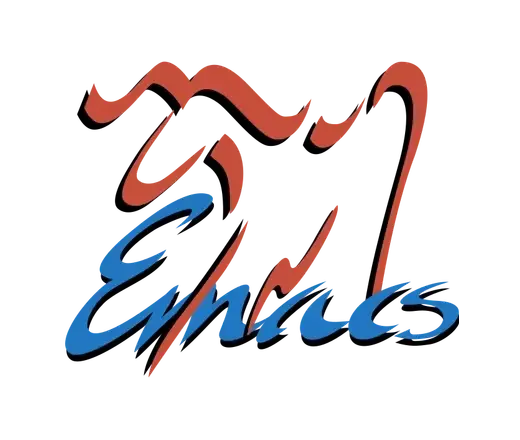In elisp, symbols serve as fundamental data structures that are more foundational compared to strings. This distinction often caused confusion for me until my encounter with the read function.
~ $ (type-of (read))
symbol
The fact that the read function yields symbols instead of strings from user-input was a delightful revelation. This discovery convinces me that the fundamental nature of symbols in elisp when compared to strings.


Interesting. It’s intelligent capability to discern and identify numbers, strings, and symbols. What I tried is to feed to minibuffer word string.
Etc, etc…
The lisp reader reads text and it produces lisp objects of various types (which might later be evaluated as code).
So you have called:
You have just created a temporary symbol named “string”. You can try this to see for yourself:
If you want a string object out of “string”, you will have to quote it in the minibuffer too:
I think you should have not downvoted /u/lispm below (or whomever it was); he has given a few very good questions to get you going on in exploring those things on your own.